How Does Weather Affect Helicopter Flight Safety?
Dec 15, 2022
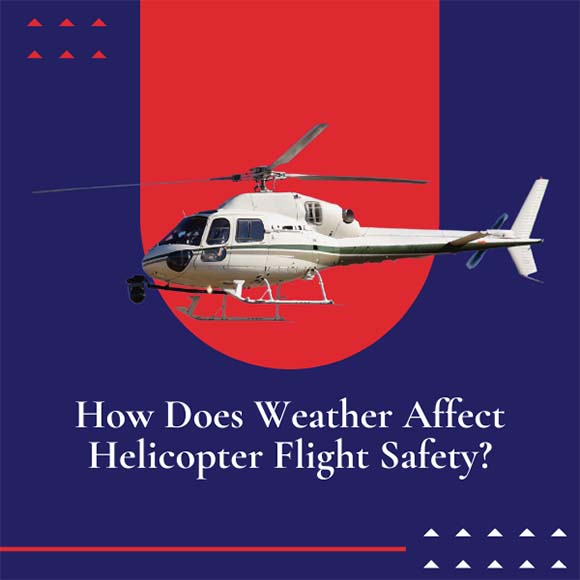
Weather can have a large effect on the safety of your helicopter flight, so it’s always important to keep this in mind before you plan a trip. According to the Federal Aviation Administration’s Helicopter Flying Handbook, the three main factors that affect helicopter performance are density altitude, weight, and wind. Pilots should always consider several weather factors before gearing up to fly.
What to Consider Before Flying
There are many weather-related aspects to consider before flying a helicopter. Not only do you need to take note of the weather conditions at the take-off location, but also the weather conditions where you plan to land. Weather can affect any part of your flight.
Pilots should always consider:
- Precipitation
- Moisture (Humidity)
- Fog and Cloudiness
- Winds
- Storms and Lightning
- Freezing Conditions
Precipitation
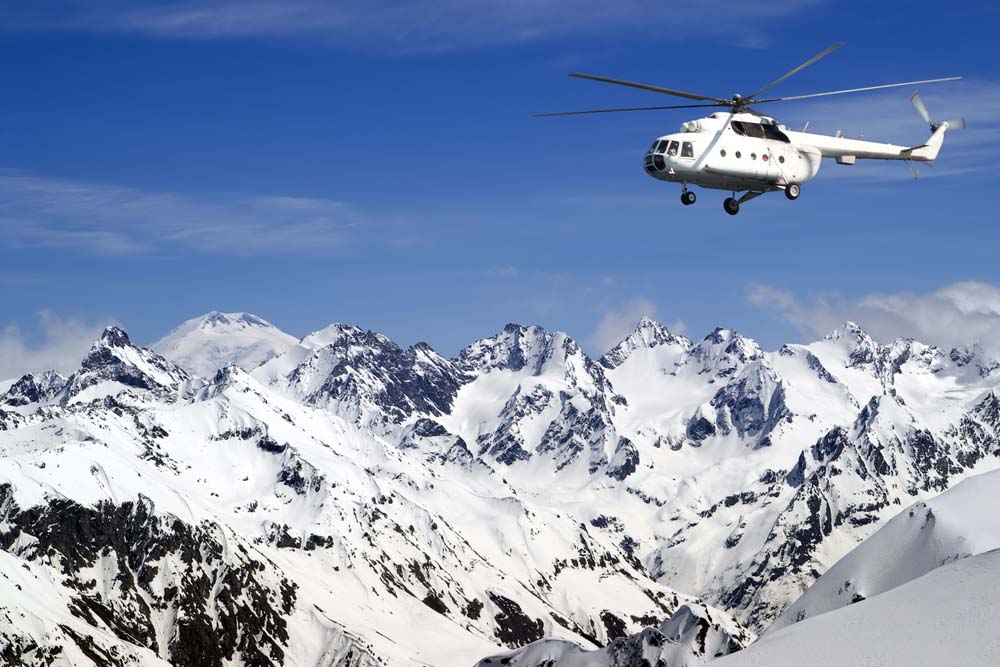
You should always consider the precipitation before you fly. Rain, snow, and hail can all make flying a helicopter more dangerous and complicated. Generally, precipitation does not make flying harder, but it can impede your navigation abilities. Heavy precipitation in flight can make it hard to see upcoming obstacles, for example. Additionally, precipitation at your landing take-off points can make things slippery and in turn more dangerous.
Moisture and Humidity
Humidity might not seem like an important part of flying, but it can have a large impact on helicopter performance. According to the FAA handbook, many helicopter manufacturers provide a chart that includes a column for operating standards in 80% relative humidity. On average, there is an approximate 3-4% reduction in performance when compared to performing in dry air. This may not seem like a large difference, but it is something to keep in mind before taking off, especially when compounded with other factors.
Fog and Cloudiness
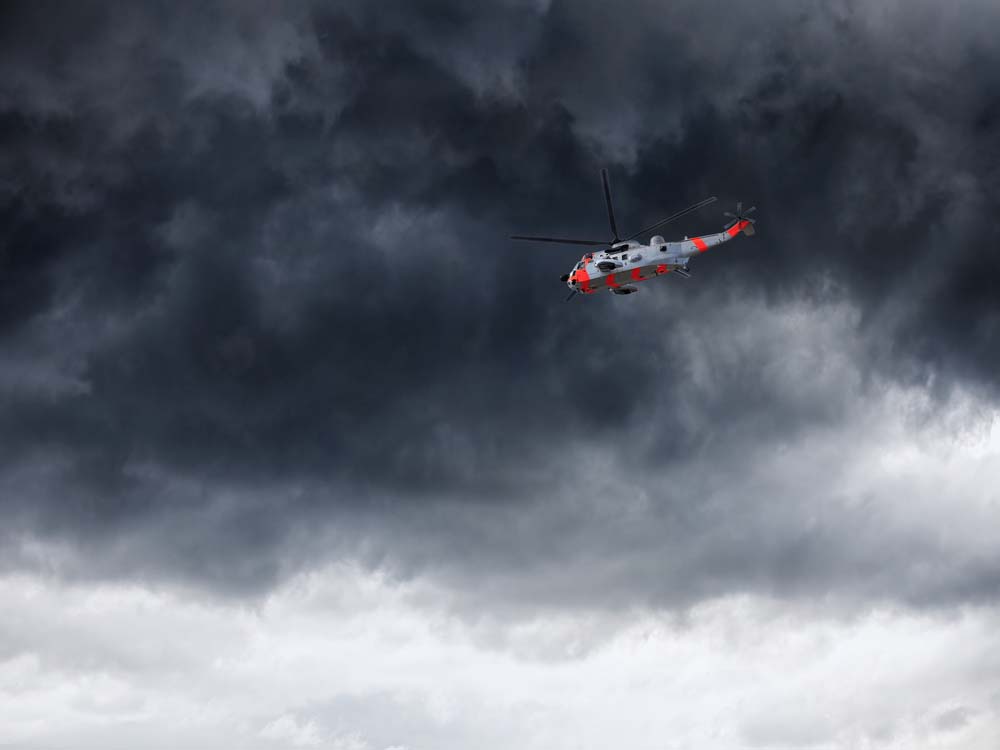
Similar to precipitation, fog and cloudiness can have a large impact on navigation. Although it does not typically affect performance, pilots generally have a harder time seeing through dense clouds and fog. Hence, pilots should always consider the fog and cloud conditions at take-off, landing, and while in the air.
Winds
Wind is one of the three most important factors of flight performance according to the FAA, and for good reason. Both the direction and velocity of the wind can impact hovering, takeoff, and climb performance. Some winds, such as headwinds, can actually increase your performance and make your helicopter require less power to hover, although they may also slow you down. However, crosswinds and tailwinds can make it harder to maintain directional control when flying. This can be dangerous and require both the helicopter and pilot to work extra hard to keep on the right path.
When Winds Are Too Dangerous
Some helicopter manufacturers provide a critical wind azimuth or maximum safe relative wind chart so pilots know when winds are too dangerous to fly. Flying in intense winds can jeopardize the safety of a flight. Always research wind direction and speed before taking off.
Storms and Lightning
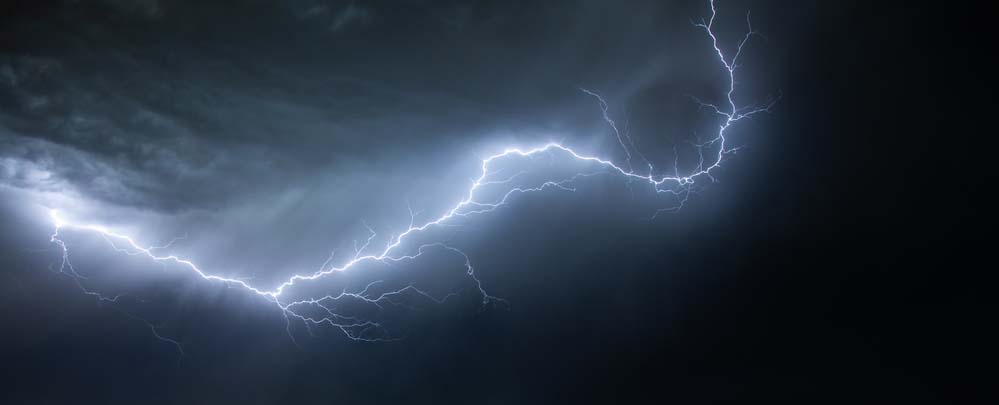
Just like flying planes, flying helicopters in rough storms that have lightning is not advisable. It can be dangerous to fly a metal aircraft through a storm with lightning, although it is possible to land some helicopters even when struck by lightning. Lightning can still cause immense damage to the vehicle, and most pilots will not fly if lightning is predicted.
Freezing Conditions
Freezing conditions can be extremely dangerous for helicopter flights, especially if humidity is high. Ice can form on the inside and outside of the aircraft, changing the way that the equipment functions and potentially creating control problems. Additionally, flying through clouds is usually impossible in freezing conditions.
Antifreeze solutions may be helpful if it’s necessary to fly in freezing conditions. Salt shouldn’t be used on landing bases, as it can be sucked into the engine and cause damage.
How to Deal With Adverse Conditions
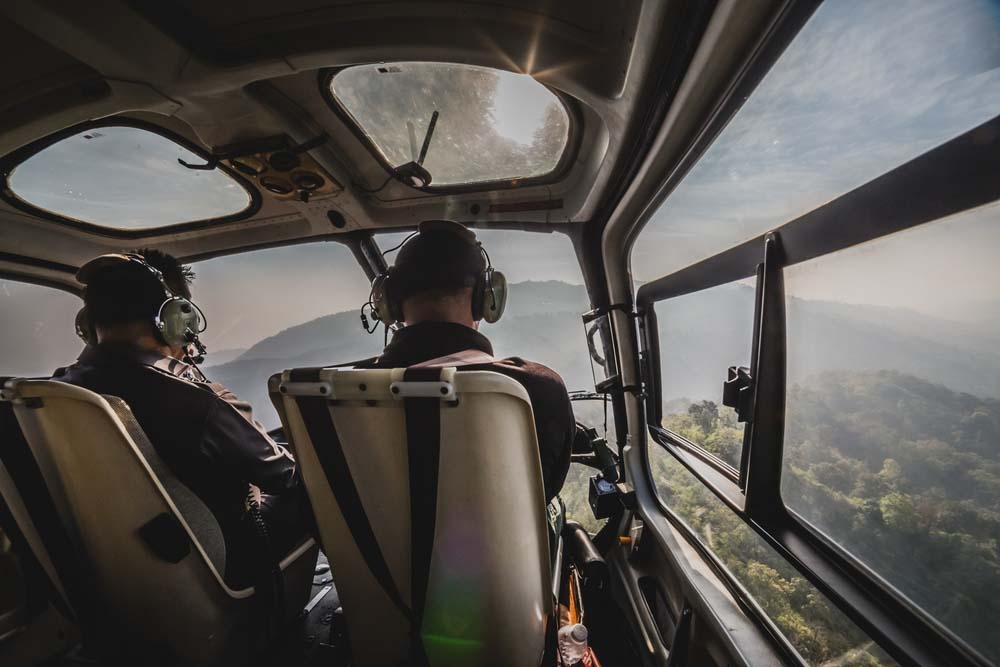
While research and preparation are important for flight safety, adverse conditions can sometimes develop unexpectedly. Training is vital to teach helicopter pilots how to adjust while flying in abrupt adverse conditions. Reviewing the FAA handbookand learning maneuvers to help in dangerous situations is also advisable.
Always Fly With Insurance
Pilots should be sure to have proper helicopter insurance in place to protect equipment and help pay for injuries if minor accidents occur due to weather conditions. If you are a helicopter pilot or are considering becoming a helicopter pilot, call Avion Insurance today to find out more about insuring your helicopter.
KEEP UP WITH THE LATEST IN AVIATION NEWS
Get the latest updates about the aviation industry on our blog.
For informational purposes only.

